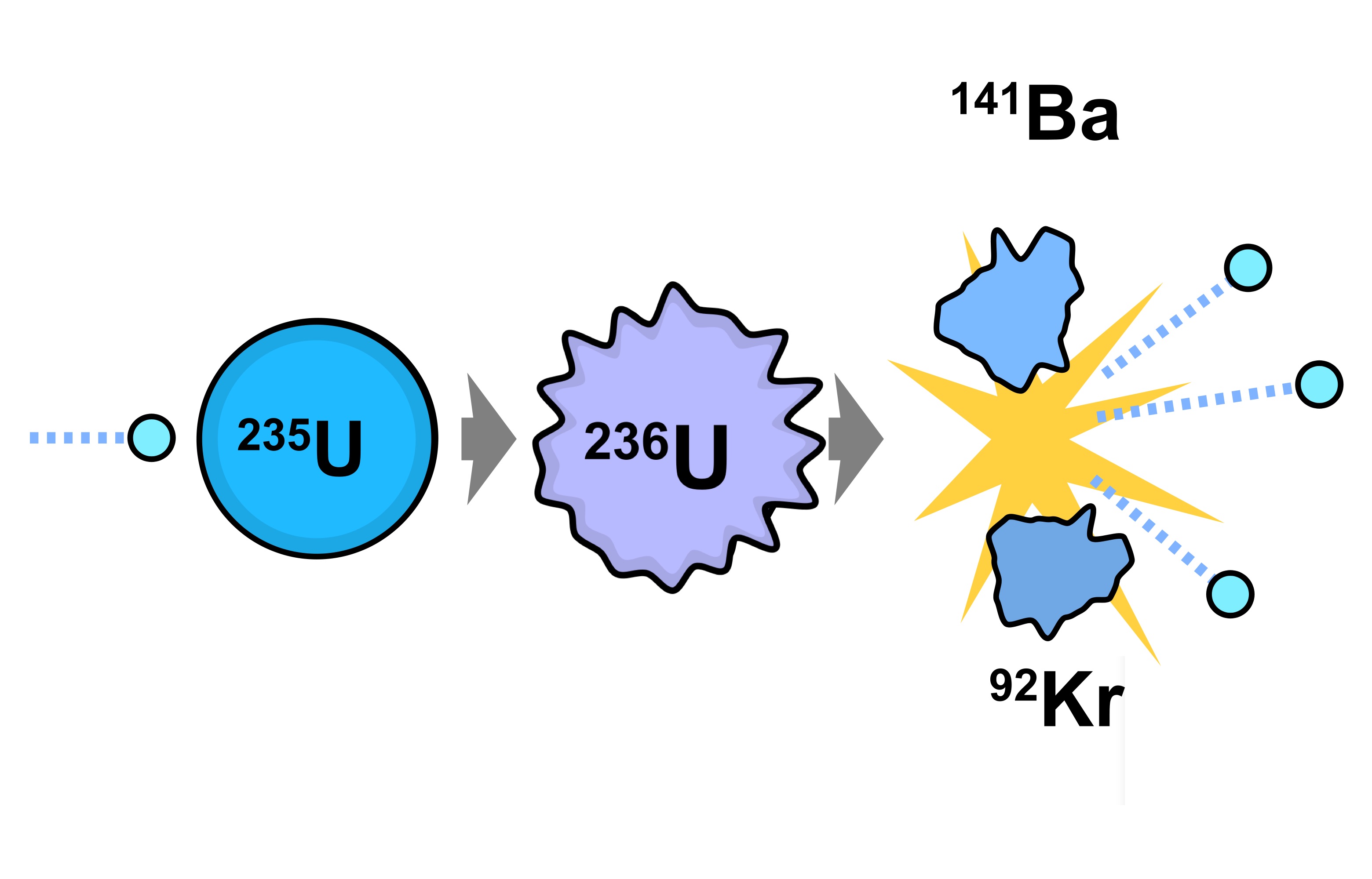
Tritium mixture (typically containing 2-3 g of tritium) inside the fissionĬore. Light weight fission bomb by introducing a modest amount of deuterium. Neutron bombs were apparently not developedīy either nation until the late 1960s or early 1970s.įusion boosting is a technique for increasing the efficiency of a small The fusion boosting and Alarm Clock/Layer Cake designs were pioneered by the Neutrons to achieve significant fission yield enhancement, thus reducing theĮxpenditure of fissile material for a given yield. All of them depend on the highly energetic Plutonium is a factor of 10 times cheaper per unit ofĮnergy released compared to D-T fuel, and HEU is 3-5 times cheaper still.įurthermore due to radioactive decay the tritium continuously disappears atĪ rate of 5.5% annually and must be replaced.Ī number of weapon designs have been developed that use the D-T reaction inĪ variety of ways however. Igniting a large mass of D-T fuel mixture with a fission trigger - is The naive approach to using this reaction - making a large explosion by Reaction achievable by simply heating the fuel with a fission bomb is the D. Improved calculations showed that this was impossible. In a mass of liquid deuterium adjacent to it. Heat from the fission trigger would ignite a self-sustaining fusion reaction The first designs proposed for fusion bombs in the U.S.
Fission bomb archive#
The only authorized host site for the NWFAQ in English is the Nuclear Weapon Archive (">)

Unauthorized host sites are expressly forbidden. Only authorized host sites may make this document publicly available on the Internet through the World Wide Web, anonymous FTP, or This material may be excerpted, quoted, or distributed freely provided that attribution to the author (Carey Sublette), theĭocument name (Nuclear Weapons Frequently Asked Questions) and this copyright notice is clearly preserved, and the URL of this website is included:


 0 kommentar(er)
0 kommentar(er)
